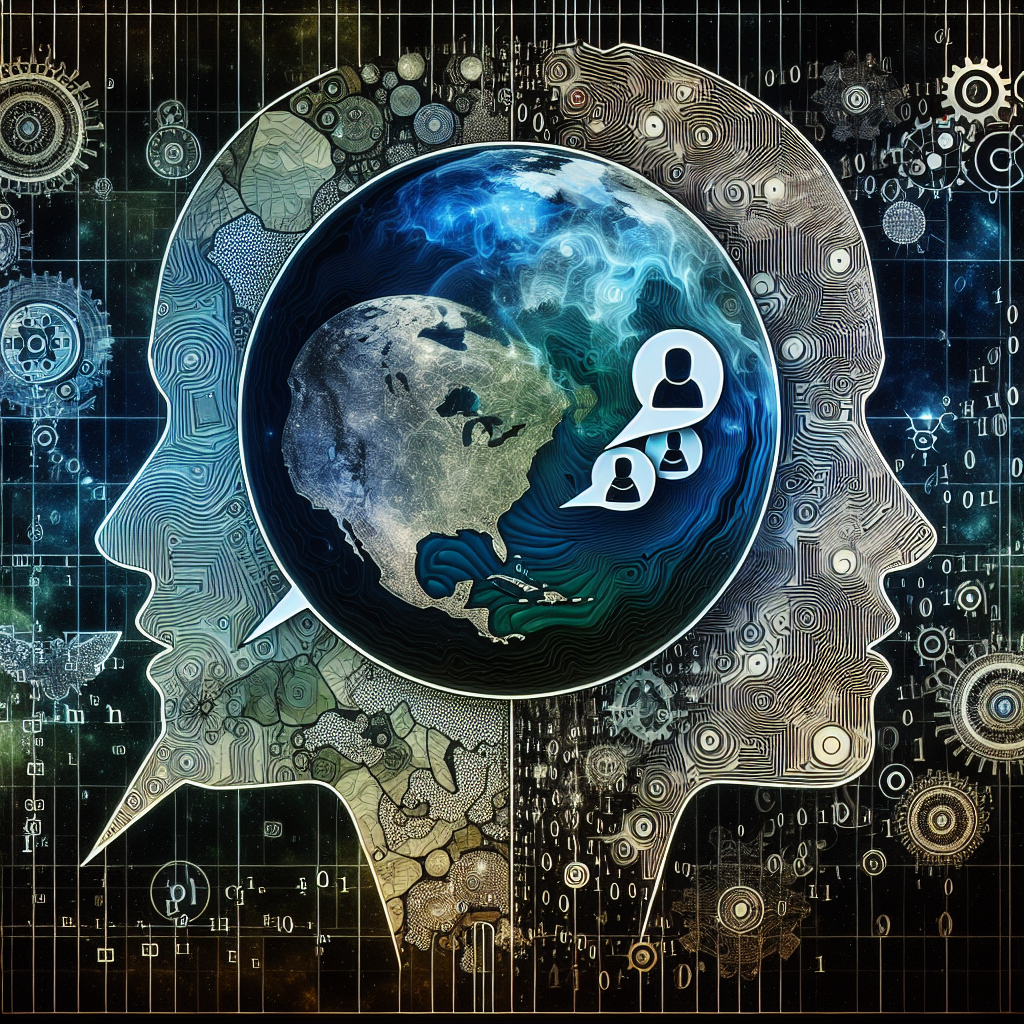Natural Language Processing (NLP) is a rapidly evolving field that focuses on the interaction between computers and human languages. One of the most important applications of NLP is in the development of dialogue systems, also known as chatbots or virtual assistants. These systems allow users to interact with computers through natural language, making them an essential tool in customer service, information retrieval, and other domains. However, NLP in dialogue systems faces several challenges that must be overcome in order to improve the accuracy and usability of these systems.
One of the main challenges of NLP in dialogue systems is understanding the nuances of human language. Natural language is complex and ambiguous, with many words having multiple meanings and sentences often containing implicit information. For example, the sentence “I saw a man with a telescope” could mean that the speaker saw a man who was carrying a telescope, or that the speaker saw a man while looking through a telescope. Understanding these nuances requires sophisticated language processing algorithms that can analyze the context of a sentence and infer the intended meaning.
Another challenge of NLP in dialogue systems is handling the variability of language. People use language in different ways depending on factors such as their age, gender, education level, and cultural background. This variability can make it difficult for dialogue systems to accurately interpret user input and generate appropriate responses. For example, a system designed to provide customer support may struggle to understand slang or informal language used by younger users, leading to misunderstandings and frustration.
Additionally, dialogue systems must be able to handle the open-ended nature of human conversation. Unlike traditional computer interfaces, which are designed to process specific commands and queries, dialogue systems must be able to engage in free-flowing conversations with users. This requires the system to be able to generate coherent responses based on the context of the conversation, anticipate the user’s needs, and maintain a consistent tone and style throughout the interaction.
One of the key challenges in NLP for dialogue systems is building systems that are robust and scalable. Dialogue systems must be able to handle a wide variety of input types and respond accurately in real-time. This requires the use of advanced machine learning algorithms, large datasets, and powerful computing resources. Additionally, dialogue systems must be able to adapt to new domains and tasks, making them flexible and easy to customize for different applications.
Another challenge in NLP for dialogue systems is ensuring that they are able to maintain user privacy and security. Dialogue systems often collect sensitive information from users, such as personal details, financial data, and medical history. It is essential that these systems are designed to protect this information and comply with data privacy regulations. This requires the use of secure communication protocols, encryption techniques, and robust authentication mechanisms to ensure that user data is kept safe from unauthorized access.
In addition to these technical challenges, there are also ethical considerations that must be taken into account when developing dialogue systems. For example, dialogue systems must be designed to be inclusive and respectful of diverse users, avoiding stereotypes or biased language. They must also be transparent about their capabilities and limitations, so that users understand how the system works and what data is being collected.
Overall, NLP in dialogue systems is a complex and multifaceted field that presents many challenges to researchers and developers. By addressing these challenges through the development of advanced algorithms, robust architectures, and ethical guidelines, we can create dialogue systems that are more accurate, reliable, and user-friendly.
FAQs:
Q: What are some common applications of dialogue systems?
A: Dialogue systems are used in a wide variety of applications, including customer service, information retrieval, virtual assistants, and language translation. They can be found in chatbots, voice assistants, and other interactive systems that allow users to communicate with computers through natural language.
Q: How do dialogue systems handle the variability of language?
A: Dialogue systems use sophisticated language processing algorithms to analyze the context of a sentence and infer the intended meaning. They can also be trained on large datasets of text to learn patterns and associations in language, allowing them to better understand the nuances of human communication.
Q: How can dialogue systems ensure user privacy and security?
A: Dialogue systems must be designed with robust security measures, such as secure communication protocols, encryption techniques, and authentication mechanisms. They must also comply with data privacy regulations and ensure that user data is kept safe from unauthorized access.
Q: What are some ethical considerations in the development of dialogue systems?
A: Ethical considerations in the development of dialogue systems include ensuring inclusivity and respect for diverse users, avoiding stereotypes or biased language, and being transparent about the system’s capabilities and limitations. Dialogue systems should also be designed to protect user privacy and comply with data privacy regulations.

